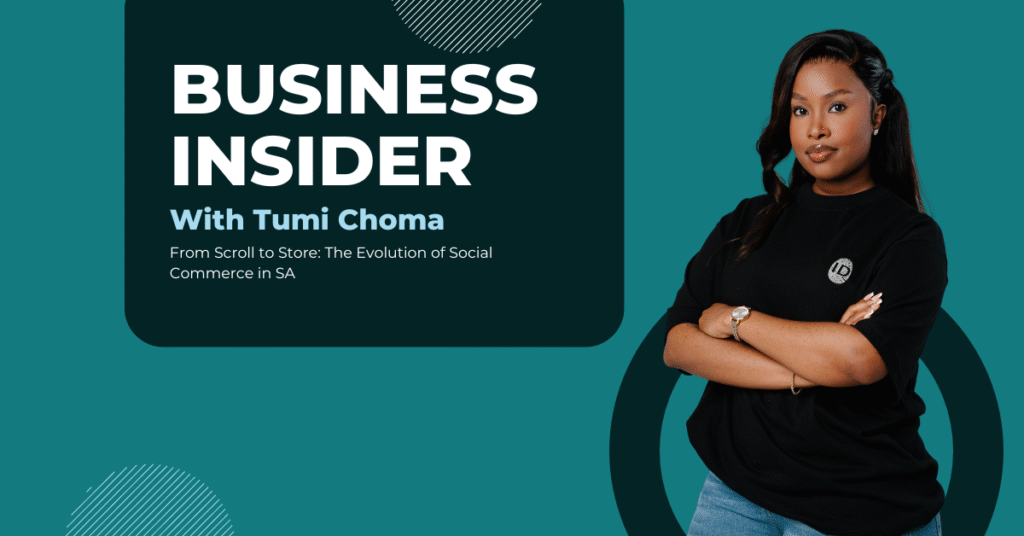Social media wasn’t built to sell. At least, not directly. It was created to connect people, tell stories and share moments. But somewhere between the selfies and the skits, it evolved into something far more powerful, a visual gateway for brand discovery.
In South Africa, this evolution has changed how we shop. We are no longer browsing websites or walking through malls to decide what we want. We’re finding products while scrolling through our feeds. And it’s not random, it’s curated, compelling and increasingly hard to resist.
Welcome to the era of social commerce, where the path to purchase starts not with a search bar, but with a swipe. It’s content that entertains first, and sells second, but it sells, nonetheless.
The Power of Plug Culture
At the centre of this shift is the creator economy. Influencers and digital creators have become modern-day “plugs”, not in the traditional sense, but as trusted sources of product recommendations. One well-placed TikTok or Instagram Reel can turn a R50 mascara into a must-have trending product.
And this isn’t just about popularity, it’s about authenticity. Gen Z and Millennials in South Africa don’t just buy things; they buy into the story, the aesthetic, and the vibe around a product. They want to know who’s using it, how it fits into their lifestyle, and whether it actually lives up to the hype.
Scroll Now, Shop Now
Social media platforms have made shopping seamless. Features like Instagram Shops and TikTok Shop now allow users to discover, review and purchase products without ever leaving the app. That means the entire customer journey from awareness to conversion happens in one place, in real time.
The result? A frictionless, impulse-driven shopping experience that blurs the lines between media and marketplace.
But What About the Risks?
With great influence comes great responsibility and risk. South Africa recently experienced this firsthand with the alleged Rhodes Mall “pop-up” fraud, where creators unknowingly promoted what turned out to be counterfeit products. While the intention was pure, the damage was real. This was a wake-up call for brands and influencers alike: plug culture needs quality control, transparency and credibility. As powerful as social commerce can be, it also needs guardrails.
But when done right—with proper research, verified products, and the right partners—plug culture can elevate a brand. Just look at Nando’s “Never Have I Ever” campaign. Creators became the ultimate Nando’s menu plug, sharing their fave (and most underrated) menu items in a way that felt personal, local, and authentic. It wasn’t just a trend-chasing moment—it was backed by credibility, smart influencer selection, and real storytelling. That’s the difference between chaos and conversion: when creators trust the brand, the audience does too.
The Bigger Picture: Awareness Over Aggression
Here’s the truth: Social media shouldn’t just be used to sell. It should be used to connect. It’s a space where brands can show personality, build trust and start conversations, not just conversions.
Consumers want to know there’s a person behind the brand. They want to feel something before they buy something. That’s the key to thriving in social commerce.
Lead with authenticity, collaborate with the right voices, and tell stories that matter.
Sales will follow, but only when the connection comes first.
Are You in the Scroll?
“From Scroll to Store” isn’t just a trend; it’s a full-on retail revolution. It’s changing the way consumers shop, how brands show up, and what influence really means in the digital age. Whether you’re a marketer, business owner or just a curious scroller, one thing is clear: The scroll has become the storefront. The feed is where loyalty is built. And the brands that get it? They’re not just getting attention, they’re getting results.
So… are you just watching from the sidelines? Or are you in the scroll?




